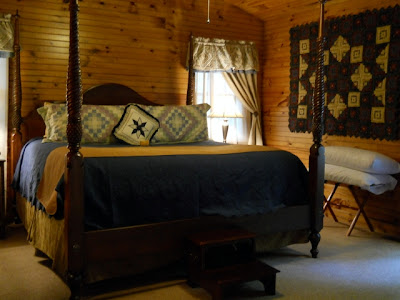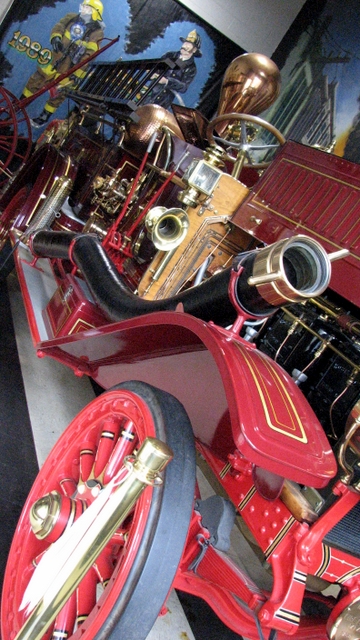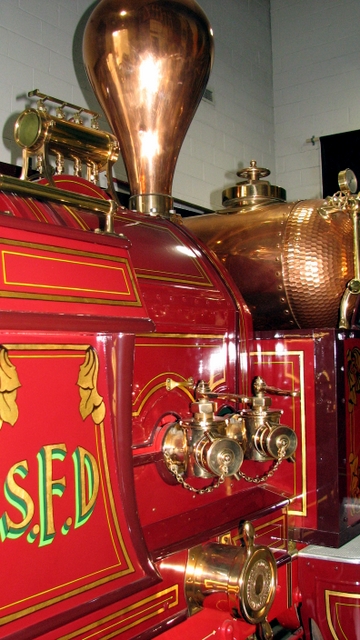1. Local Farm Records Show High Seed Cost
2. Work Goes Forward on Triton Plant
3. Make Virginia Stronger Aim of Home Economists and Nutritionists Joint Meeting
4. Town Council Considers Water Supply
5. Coal Mine Project Abandoned
6. Help in the Fight on Infantile Paralysis
7. Schools Face Shortened Term
8. Flu Receding
9. County Banks Paid Dividends and Added to Reserves: Local Bank Had Good Year
10. Eagle Rock Farmers Hear Talk on Farm Water Systems
11. Schools in this Area Closed by Quarantine
12. Earl Wilcher is First Draftee from Botetourt
13. Botetourt Goes for Roosevelt and Woodrum
That last might clue you in on the year. I took these headlines from November 7, 1940 (#13 in my list) through February 20, 1941 (#1 on my list).
While I was looking for headlines, though, these little proganda cartoons caught my eye. They are from the same front pages during the same time frame:
In 1940 and 1941, war was taking place in Europe. When these headlines were written, we were still almost a year away from entering World War II, which we did in December, 1941, after Japan bombed Pearl Harbor in Hawaii.
Looks to me like we forgot to change the propoganda when the war ended.
Thursday Thirteen is played by lots of people; there is a list here.
I've been playing for a while and this is my 253rd time to do a list of 13 on a
Thursday.



























































